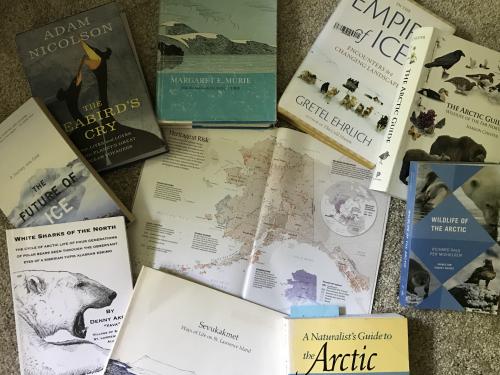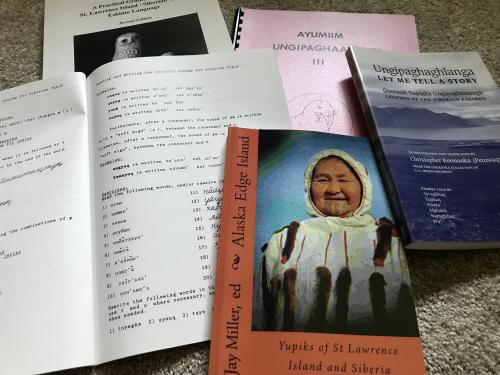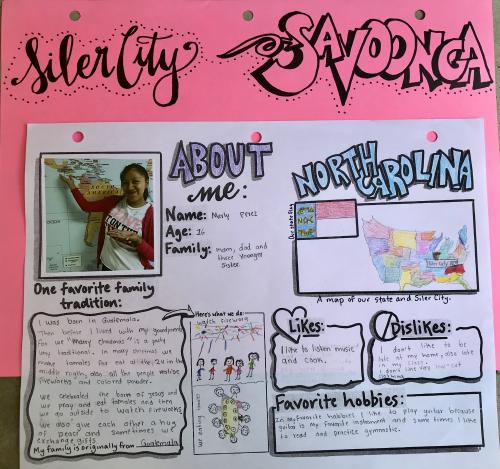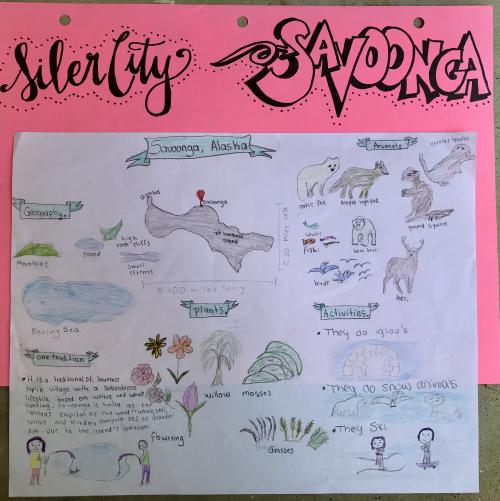Prep time
As an educator, one of the greatest boosts to instruction and making content relevant comes from learning about the processes behind the research. What goes on behind the scenes of not only research, but those "wow factors" and seemingly immediate discoveries. These next couple of posts will focus on prep work on my end, in the name of transparency.
For educators, the value lies in knowing about the nitty gritty behind the science, what's involved in preparing for research, what happens when things don't go exactly as according to plan (you know, those rare occurrences...), how you aggregate data in a timely manner, given constraints, grant funding, deadlines, connectivity issues, politics, and so on.
I'm deep in the throes of preparation for Savoonga, but I'm also working, spending time at multi-day baseball tournaments, and savoring family time. In other words, preparation is not a full-time job, but it certainly could be.
Prepping with students
As an educator in a team of researchers, my prep looks quite different than theirs. Here are just a couple of things my students and I did to prepare for my journey.
A voracious reader, I immediately searched for books to read about seabirds, St. Lawrence Island, Savoonga, the Arctic, you name it. Fascinated by language, I've also indulged in books about the Siberian Yupik language as well as Siberian Yupik Eskimo culture. Google searches and magazine articles have been my friend, as have suggestions and science research articles from Alexis and Alexander (my research team leaders). My Mom has bought in, too, which makes it an extra joy – she finds all kinds of resources and tells me about what she learned reading them. In other words, there is plenty to stoke my growing understanding of Arctic life according to Siberian Yupik Eskimos, which will in turn, help me better understand the role of seabirds in a subsistence community. Pretty cool, hmm? As I learned new information and found resources, I was able to share more with students.


Then, it became my students' turn to do a little sleuthing.
Student Sleuthing
In May, I introduced the expedition to my students; they researched facts about the island and made predictions about what kids in Savoonga might do for fun. Suffice it to say, the majority of my students believe that amenities of life as they know it are not present on the island. Most would prefer to stay in Siler City, but there are also a few who are game to venture out and meet new types of people, experience what they do when they're not in school, and "learn to live outdoors". Some admitted they would like to go to school in Savoonga "just to see what it is like", but weren't so keen on the idea of moving there. Most feared it would "be awfully cold up there", and wondered what kind of clothes kids think are fashionable when they're "bundled up all the time."

Students also created single page information sheets about themselves, including a single favorite tradition within their family. (I work with students who are English language learners, so all of their families hail from outside the United States, which is always interesting to students in other countries, or with different demographics.) It includes short blurbs about their likes and dislikes, hobbies, their families, and a sketch of both the NC flag as well as our state and the location of Siler City. Folks, there are a LOT of things we assume our students will know. Basic geography is a big one, and this simple activity reminded me how important it can be to place ourselves, if for no other purpose than a shared bit of humanity.
Students discovered information about different aspects of Savoonga and St. Lawrence Island, including plants, animals, activities, traditions, the geography, and sketched a map of the island as well, all information ripe for comparison to our own state and region.

We also spent some rare time outdoors, on slow walks to listen, to observe, and to re-discover their immediate surroundings. Each student was tasked with identifying three different leaves, which we did step by step with guides online and a couple of decades-old tattered field guides.
An eye-opening challenge
Guess which was the most difficult?
Sitting outside to listen and observe was incredibly challenging for most of my students, which is telling to me. We've all lost touch with nature, and encouraging them (and myself!) to surmise what subsistence culture entails has proven a delightful stretch to our imagination, trying to determine what those who live so closely with nature do differently.
Relevance
The last element of student preparation was a banner with pictures of activities at our high school. Students printed pictures and arranged them in the shape of the school, from an aerial view, which I thought was a brilliant idea. The goal of creating these pages and the banner is two-fold: connection and technology constraints.
Connecting students to a remote place, and a very different culture is tough. Heck, it's tough for adults to think about. Considering and predicting how kids live, and using people as a gateway to understanding place helps make it relevant. I know we haven't studied birds with my students yet, but knowing what I do about my students, this was the hook they needed.
I'm told that connectivity isn't "the greatest", and that there is one locale in the village that has internet at given times. Trying to decipher whether those times will correspond to times we might need it would be frustrating, hence our option to go old-school with the paper book and banner. Additionally, these can be displayed in the community center so others can learn, too. I'm hoping that several community members will chime in to respond to the questions students asked!
You can see that engaging students doesn't have to be high-tech or super fancy. Sometimes letting students slow down a bit, especially when they're grappling with new concepts, is far more effective and memorable.


Comments